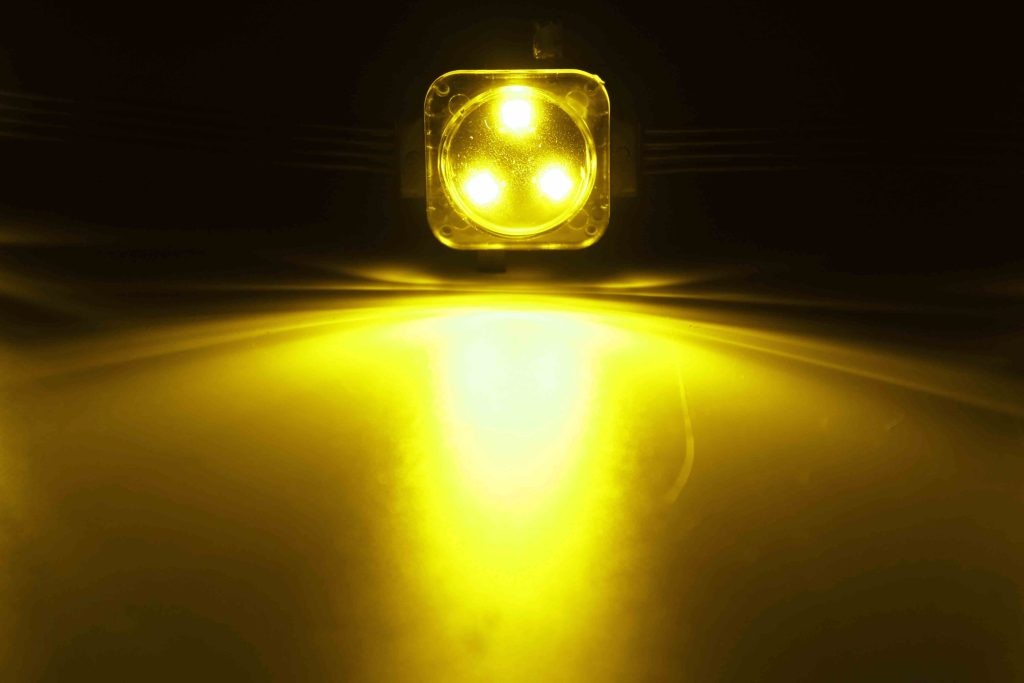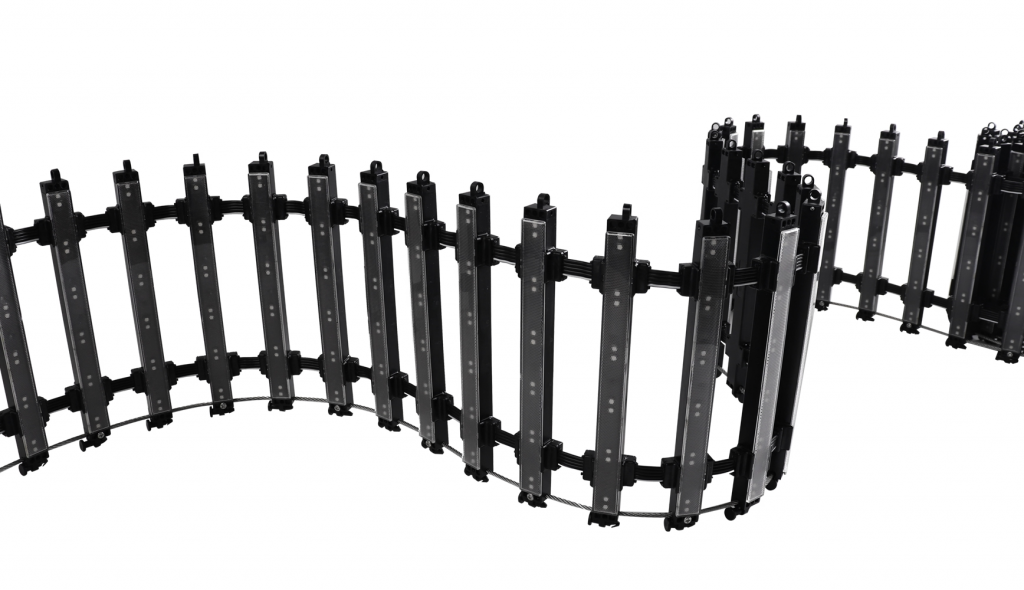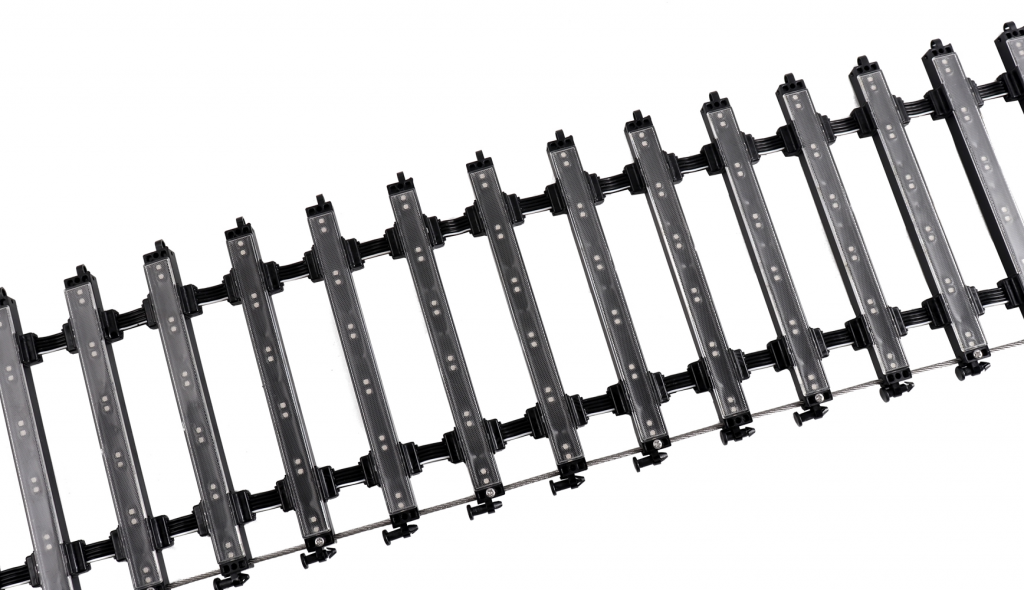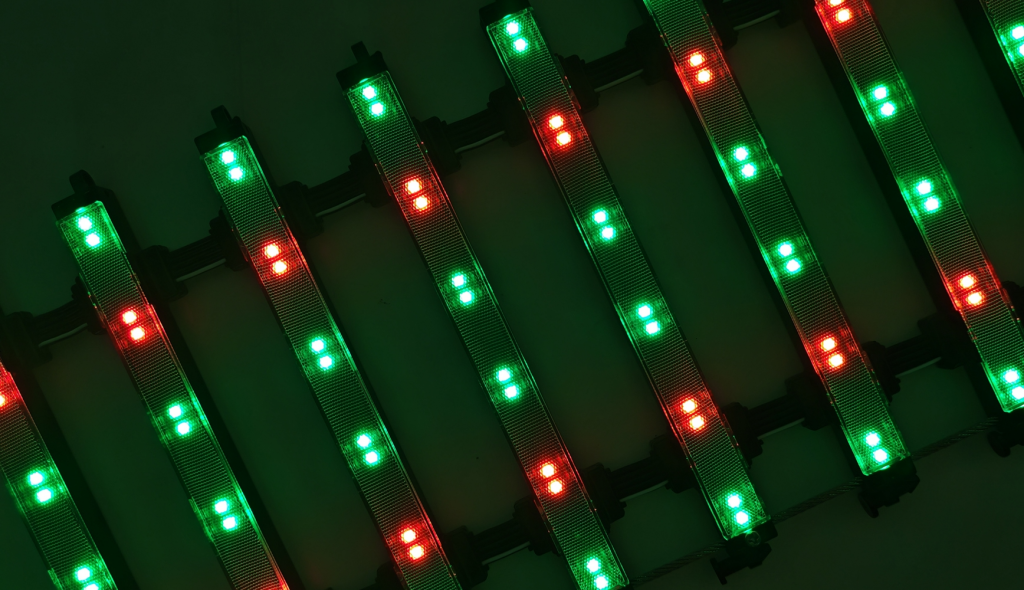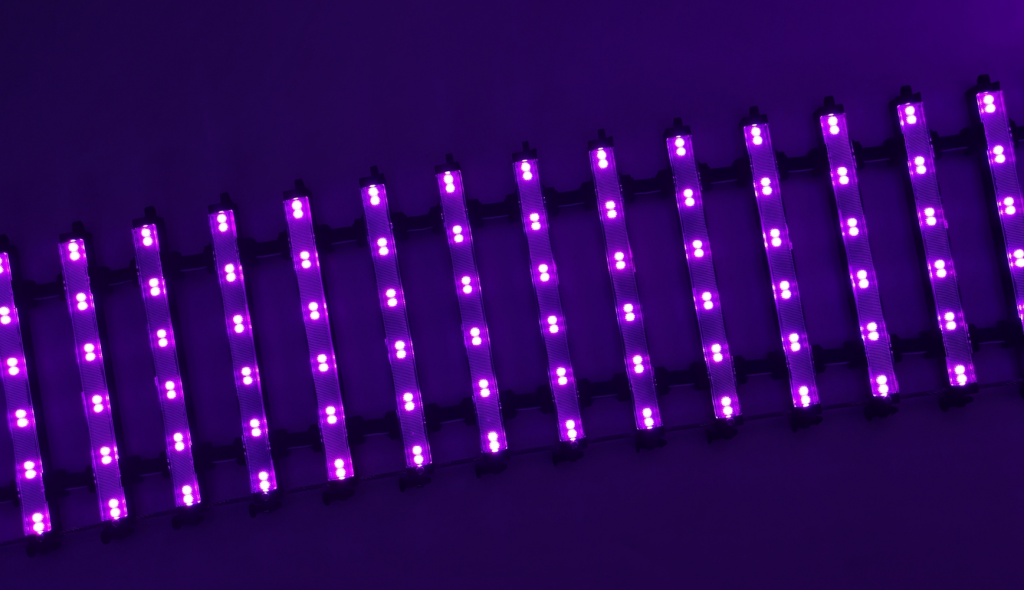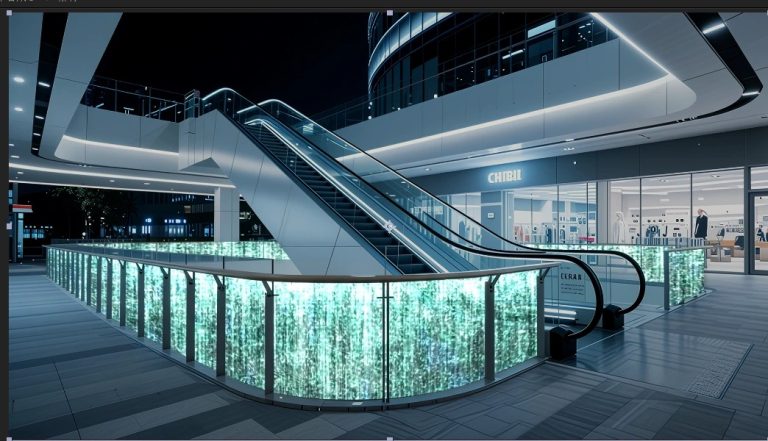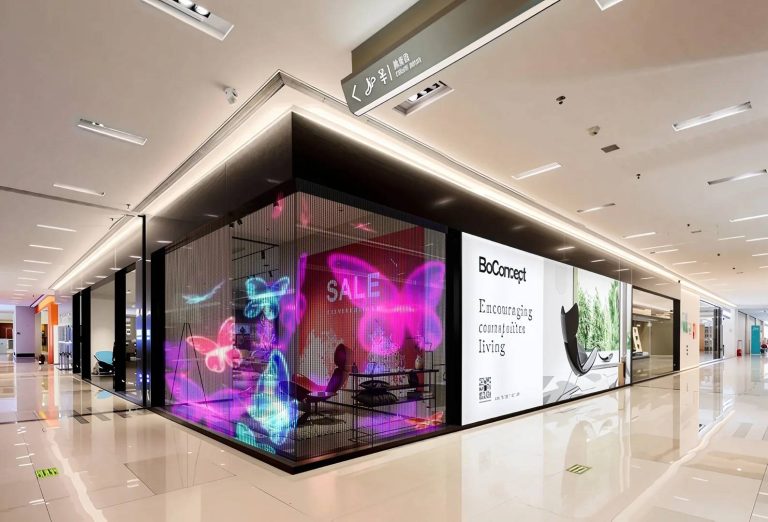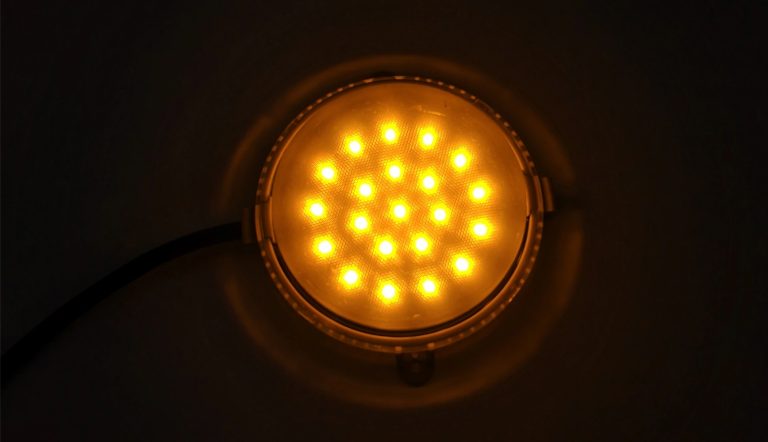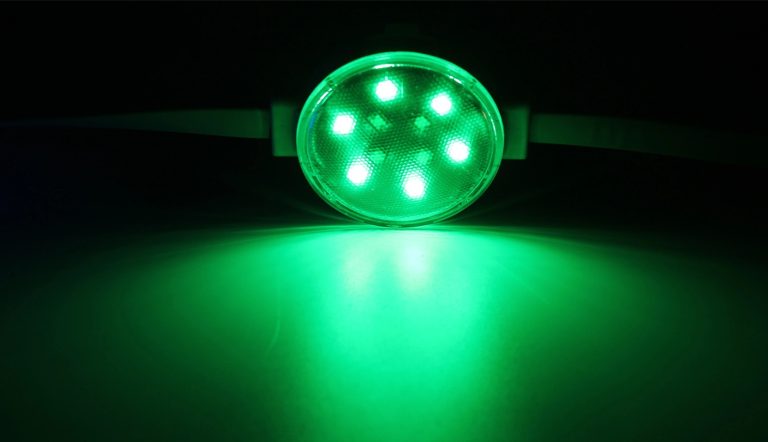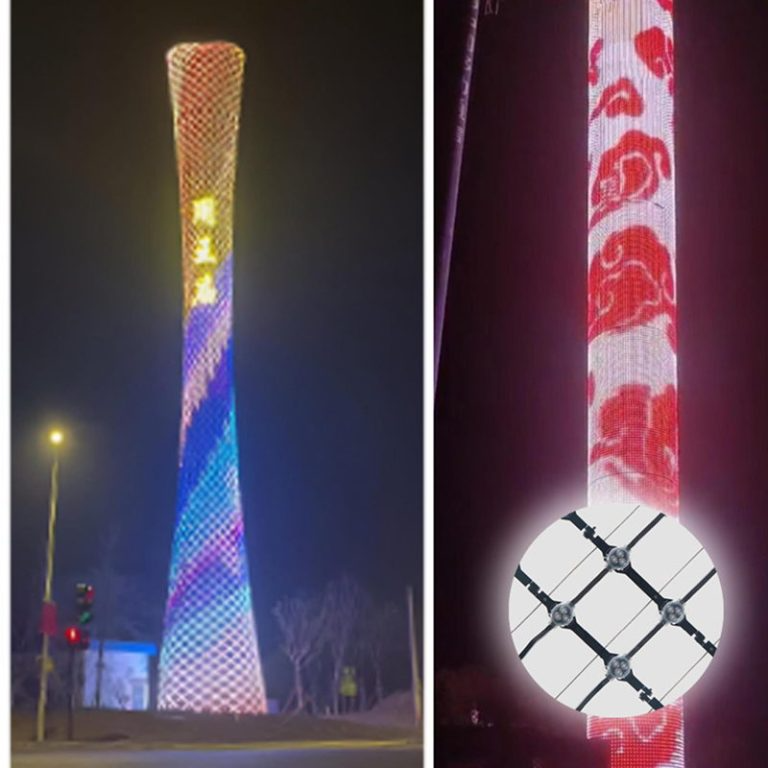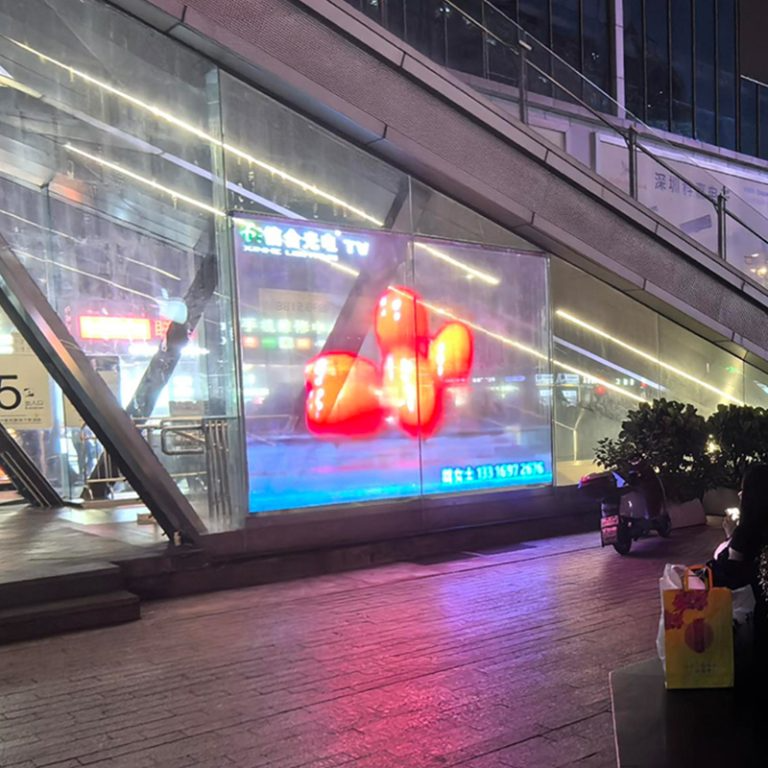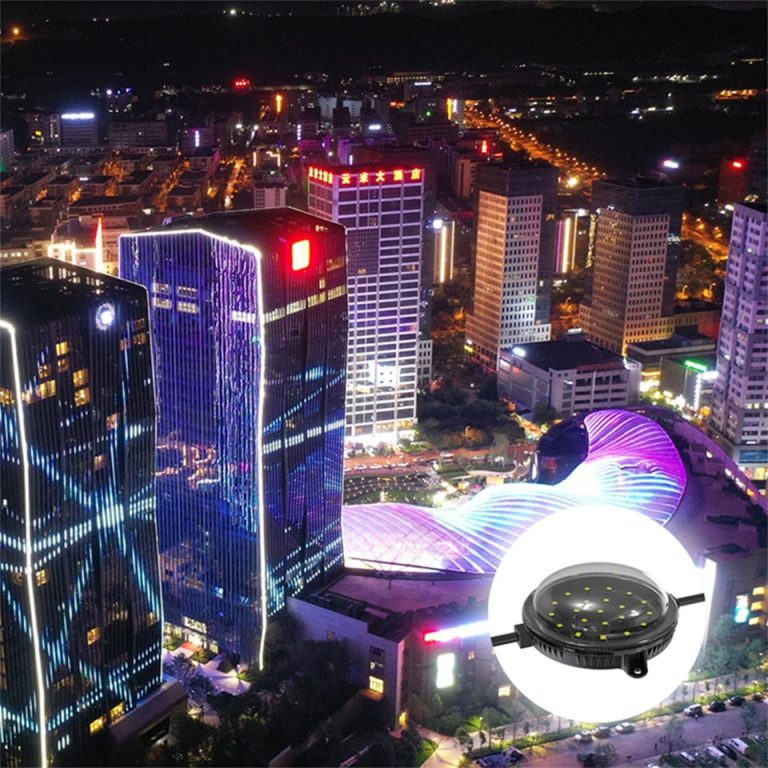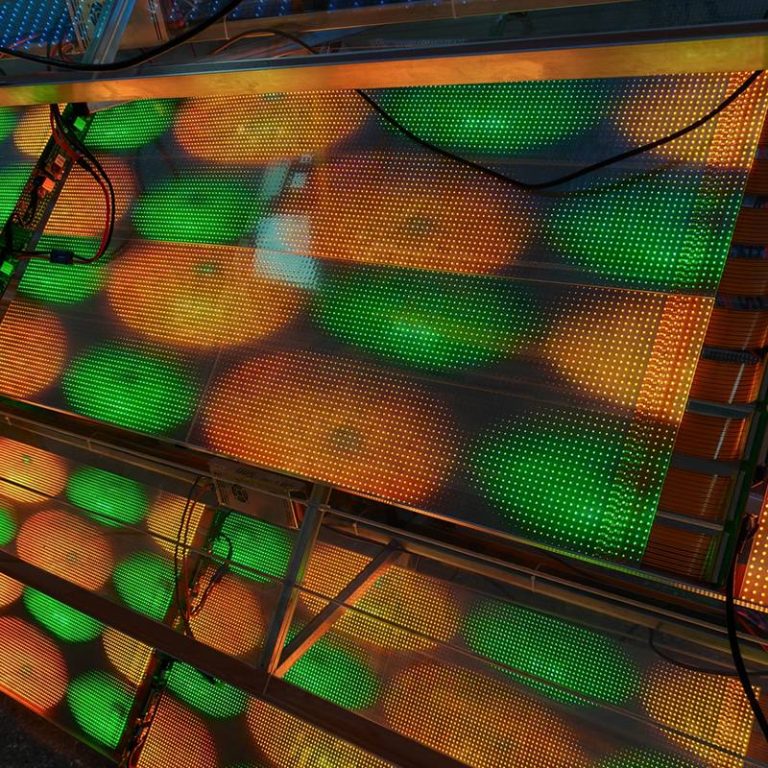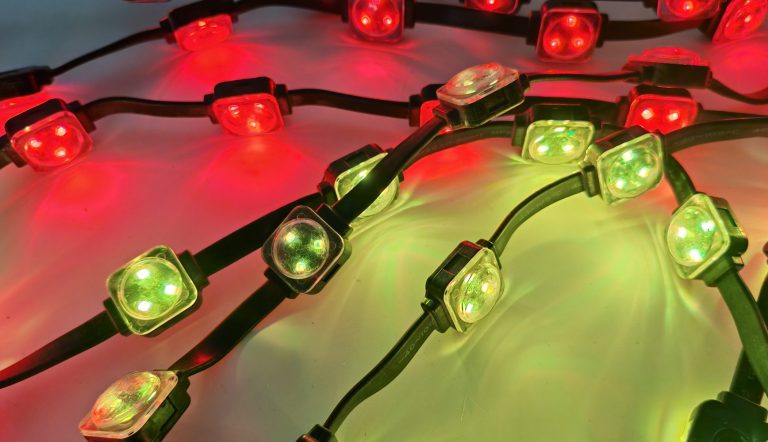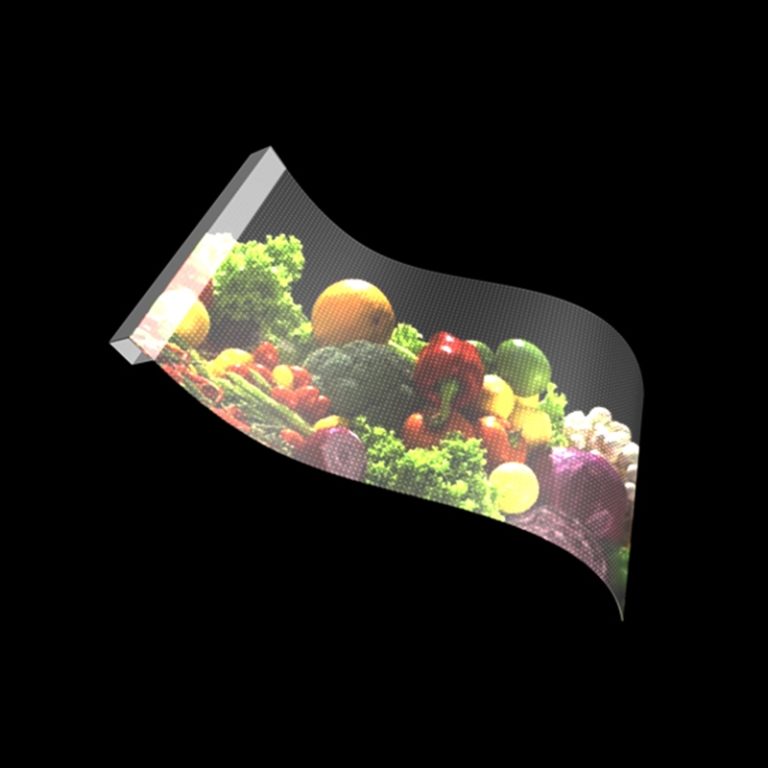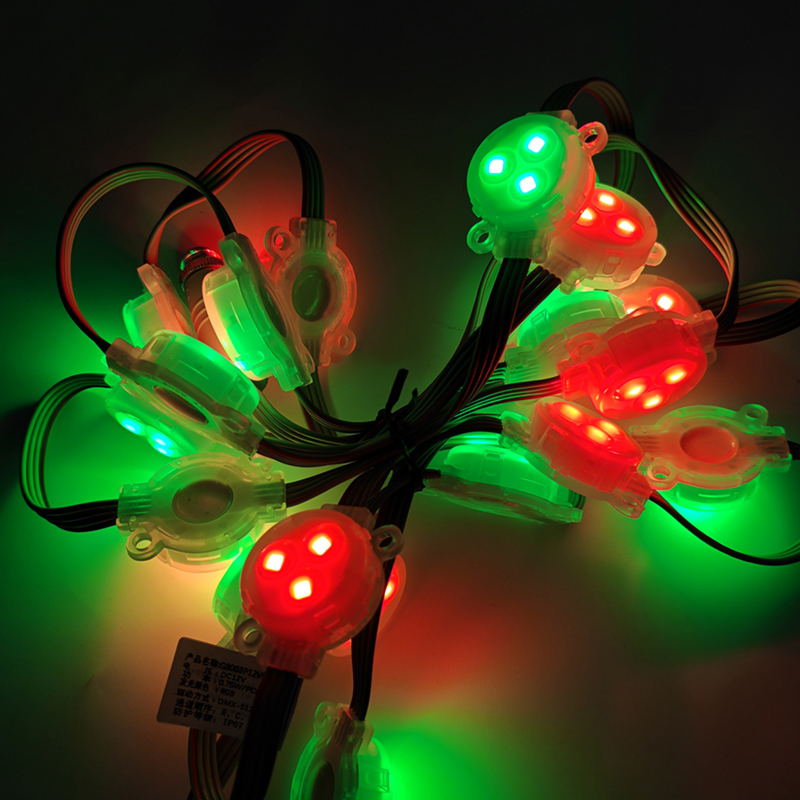
Picture this. A tall skyscraper at dusk. Its front side throbs with bright colors. They shift like a breathing painting. No bulky neon pipes or weak bulbs. Just smooth, sharp beams that follow every twist and corner. That’s the steady punch of Miracle Bean LED point lights. If you’re buried in building designs or hunting that ideal shine for a business job, you’ve likely asked: what exactly is Miracle Bean? It’s no trick. It’s the gear that’s softly changing how we brighten our spaces. It came from long hours in Shenzhen shops. This LED breakthrough crams strength, brains, and real flexibility into a small spot. We’re chatting about water-tight covers that ignore downpours. And control setups that link lights to tunes or info streams. In a business where one wrong setup spells endless fixes, Miracle Bean shines by simply… doing the job. Over the next bit, we’ll strip it down. Its start. The basic parts. And those stunning real-job setups that make you go, “Man, why didn’t I jump on this earlier?” Hang tight. You might spot your upcoming gig’s hidden gem.
The Origins of Miracle Bean: A Game-Changer in LED Lighting
Let’s roll back to 2004. Shenzhen hums with gadget buzz. A tiny crew at XinHe Lighting Optoelectronics Co., Ltd. fiddles with spot light bits. Two years later, wham—they crack the first LED cool light open fixture worldwide. Patent locked in. They name it the “Bean” line. But people quickly call it Miracle Bean. That’s for how it switched up outdoor shows. Recall the 2008 Beijing Olympics? Those shining badges—the “China Seal” and “Heaven and Earth Man”—blazed on the big screen. Thanks to these beans. No sputters. No dimming in the hot sun. Just clean, solid light.
What sealed it? Old neon was a drag. Heavy. Thirsty for juice. And it burned out quick, often in one summer. Miracle Bean turned it around. By 2013, XinHe grew big. They became the planet’s top builder of open LED lights. They tackled huge jobs all over China. Over 80 patents down the road, it’s not only the shine. It’s the toughness too. These lights ditched neon in spots from street signs to key fronts. They trimmed power needs by as much as 80% in a few cases. I remember talking to a planner who swapped a hotel row. He said it was like trading a gas hog for a smart ride. Basic. But it hit home.
The true spark? XinHe’s stubborn push on open sources. Others tucked LEDs under covers. Miracle Bean shoves ’em out front. Strong. Straight. And almost unbreakable. It’s gear that doesn’t yell for notice. It just wins it. Job by job.
How Miracle Bean Works: Breaking Down the Tech
At heart, Miracle Bean is a small LED spot light. Think a pea-like force in a hard plastic case. But size fools you. These aren’t your old holiday strings. They pack SMD LEDs. Like 3535 or 5050 chips. For strong output. All in IP67-rated boxes. Those block dirt and wet like champs. Dump a pail on one? It’ll wink right back. No sweat.
Key Features That Set It Apart
- Waterproof Smarts: Glue-filled seals reach IP67. Great for shore bridges or drizzly town roads. Salt mist checks? They brush ’em off easy.
- Clever Control Picks: DMX512 for expert rigs. Chain hundreds for timed dances. Or keep it plain with on-off for steady lines.
- Color Range: From lone shades (red, green, blue, or cozy whites at 2000-6500K) to full RGB/RGBW dots. Mix millions of tones.
- Solid Frame: Bayer PC from Germany fights sun fade and IK10 hits. No splits from ice balls or rowdies.
- Green Kick: Low-power DC12V or 24V drinks little (0.5W to 8W each). Lifespans stretch past 30,000 hours. Years of light. No swaps.
Look closer. You’ll see why builders nerd out. The 120° to 180° spread hits planes smooth. No bright blobs. And that easy-clean tiny dome top? Dirt rolls away. Useful for tall spots where climbs aren’t fun.
For a fast look at hot types, here’s a quick table:
| Model Variant | Voltage | Pouvoir | Colors | Luminous Flux | Size (Diameter) | Best For |
| XH-G3006 (Single Color) | 12 V CC | 0,6 W | R/G/B/White | 30LM | 30mm | Gentle lines on home jobs |
| XH-G3003 (RGB/RGBW) | 12 V CC | 0.75-1W | RVB/RVBW | 18LM | 30mm | Lively signs on city spans |
| XH-H2503 (Pixel Square) | 12 V CC | 0.5-0.75W | RVB | 12-20LM | 25mm | Close dot nets for screen walls |
| XH-H4006 (RGB Pixel) | DC24V | 1.2-2W | RVB/RVBW | 35-63LM | 40mm | Bright yard scenes |
| XH-G10021 (Outdoor RGB) | DC24V | 5-8W | RVB/RVBW | 60-100LM | 104mm | Big building edges |
These come from XinHe’s test rooms. Real stuff. Grab a 30mm bean for fine work on a hotel wall. Or bump to 104mm for stadium shapes. Blend ’em? You craft mixed jobs that fit any bend.
One bit I dig: the extra tops. Soft white for gentle spread. Or net-style to tame shine. Those small adds lift a solid light to top-notch. Ever set up a front and battled dark patches at dark? Miracle Bean’s angle fix kills that pain.
Real-World Magic: Miracle Bean in Action
Jump to now. Miracle Bean’s brightened spots from stream paths to fancy inns. It proves it’s no test-tube toy. It’s a daily driver. Think of a town bridge gig in a busy dock town. Crews wanted lights for salty gusts and thick mist. They hung 5,000 Miracle Bean pieces (XH-G10021 line) over the beams. Outcome? Power costs fell 40%. Zero busts after two rainy spells. And walkers clicked shots like it’s a glow party. Shine stayed firm at 80LM each. Even in blended RGB whites.
Or picture a shop center smack in a city core. Bosses craved a front that spun tales. Ad clips by sun. Soft beats by moon. With DMX-run 25mm dots (XH-H2503), they built a 10-floor sheet. Dot gaps at 50mm kept it sharp from 20 yards. 7,000cd punch cut city fog. One fitter shared over brew, “We hooked it up in days. Old neon? Weeks—and toast by then.” That’s the perk. Jobs that finish fast. Run forever.
In yards, it’s verse in spots. See a park shelter draped in 40mm RGB beans (XH-H4006). Tiny 1.5W pull fits sun links smooth. The 160° reach bathes seats in hue. No eye strain. Numbers say it: XinHe jobs hit 95% run time in damp spots. Beats field norms. Sure, not all gigs match Olympics flash. But a plain bank spot gets that kick. Quiet whites along posts. Switch to reds for heads-up.
It’s odd how stuff like this creeps in. You kick off with “just beams.” Wind up with spots that pulse. From town lanes to top inns, Miracle Bean’s showing one dot at a go: smart plans stick.
Why Choose Miracle Bean for Your Next Project?
Hey, we’ve all hit it. Picking lights that vow stars but bring grief. Colors wash out in a year? Yup. Wet-proof boasts that melt in first rain? You bet. Miracle Bean skips that trap with plain gains. Power trims bite deep. A 100-piece chain on DC24V could knock $500 from yearly tabs over old halogens. Strength? IK10 takes knocks like a pro. Picture ball kids vs. your edge lights.
Tailor work locks it. Want RGBW for fine whites in a show space? Or lone shade for cheap lines? XinHe’s tweak team adjusts. Beads. Powers. Even tops. No price jump. Turnaround? Tests in 3-5 days. Full batches in weeks. And that follow-up? Two-year cover. With spot checks if snags pop.
Here’s a fast plus-minus glance. Right from the field.
- Pros:
- Rock-solid in climes (IP67 plus salt hold).
- Simple hangs: bolts, leads, or stick. No fat frames.
- Grows easy: From lone beans to dot webs over blocks.
- Earth points: Low juice. Long run. Re-use PC cases.
- Cons(nothing’s flawless):
- First hook needs DMX smarts for cool tricks. Snag a short how-to if you’re fuzzy.
- Larger ones (100mm plus) tip scales for sky-high spots.
In short? If your gig’s got lines to hug or yarns to share, Miracle Bean hands it over sans fuss. It’s the gear that builds with you.
Meet XinHe: Your Trusted Supplier of Miracle Bean LED Point Lights
Nestled in Shenzhen’s idea core, Éclairage XinHe runs the show for Miracle Bean from the jump. Over 250 hands on deck. A 6,000m² plant buzzing round the clock. They’re not mere builders. They’re fixers. Yearly hauls pass 20 million. Driven by that “top build, next service” feel. From plan doodles to ground walks, their bunch backs you on fat jobs. Badges? ISO9001 for solid work. ISO14001 for green ways. Plus 80+ patents that nudge Miracle Bean forward. Be it OEM for a special batch or stock dots, XinHe’s the firm grip flipping thoughts to hangs. They’ve sparked Olympics and plain spans alike. Sign they’re here for the full shine.
Wrapping It Up: Light the Way Forward
So, there it is. What is Miracle Bean? It’s the LED gear that’s been softly flipping architectural lighting. One tough speck by speck. From Olympic starts to now’s brainy fronts, it mixes brawn with ease. Turns spots not just viewed. But touched. If you’re doodling your next line or revamping a mark, test these beans. You could unearth the fire your plan lacks. Set to brighten? Jump in. The dark won’t hold.
Frequently Asked Questions
What is Miracle Bean, and how does it fit into modern architectural lighting?
Miracle Bean is XinHe’s main LED spot light set. A tight powerhouse for outdoor and indoor lines. It flips architectural lighting with IP67 wet-proof and DMX run. Shifts plain spots to live screens. Like a inn front tying to bashes without a slip.
Unveiling the LED Technology: What makes Miracle Bean stand out from other point lights?
Deep down, it’s the make. Bayer PC cases that buck sun and bangs. Plus SMD LEDs pushing 12-100LM apiece. Unlike weak picks, these take -20°C frosts or +60°C bake. With 30,000-hour runs. It’s the gear that eats daily hits while hues stay sharp.
How is Miracle Bean revolutionizing architectural lighting in real projects?
Gigs like span links or shop towers spell it out. Power dips of 40%. Dot-sharp screen walls. And hangs that hold spells. One town hub tapped RGB types for ad streams. Pulled folks. Cut fixes. It’s bending how we eye shine: smart. Boundless. Gripping.
Can Miracle Bean handle custom needs for my lighting setup?
You bet. XinHe shapes powers (DC12V/24V). Hues (RGB to whites). And scales (25-104mm) through ODM. Got a bent shelter? They’ll tune spreads for flat hits. Fast tests mean you’re trying. Not twiddling.
What’s the easiest way to get started with Miracle Bean tech?
Ease in small. Snag a pack of 30mm lones for lines. Toss DMX for dots next. XinHe’s tips hit hangs from bolts to leads. Side note? Link their cost tools for smooth grows.

